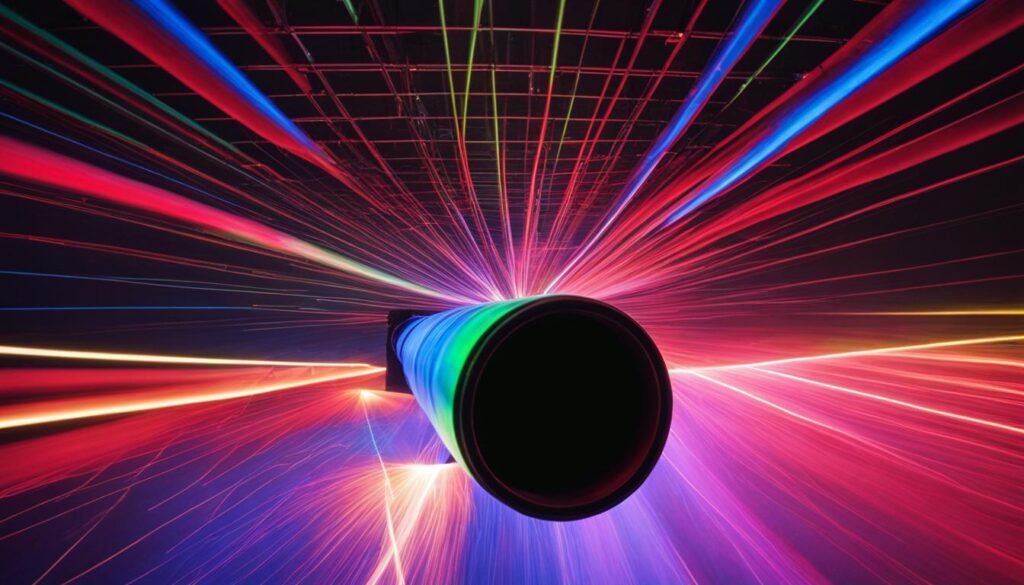Contents

Source: Fluence Network
<>
Understanding Fluence in Optics
What is Fluence?
Fluence, in the field of optics, refers to the amount of optical energy delivered per unit area. It is commonly measured in joules per square centimeter (J/cm2). This parameter is essential in understanding the energy distribution of laser pulses and other optical radiation.
Position-Dependent Value
Similar to optical intensity, fluence is position-dependent. In the case of a laser beam, the fluence is typically highest along the beam axis and decreases as you move away from the axis. For continuous-wave beams, fluence is meaningful when considered in conjunction with the irradiation time.
Peak Fluence
The peak fluence represents the highest fluence value within the laser beam profile. For a Gaussian beam, the peak fluence is calculated as the total optical energy divided by the beam radius squared.
Applications of Fluence
Fluence values are crucial in various applications, such as determining the saturation level of laser gain media, understanding laser-induced damage thresholds in materials, and evaluating the performance of saturable absorbers.
Temporal Integration
Fluence can be derived from the time-dependent optical intensity by integrating over the full pulse duration. This integration provides a comprehensive view of the energy distribution over time.
Conclusion
Fluence plays a significant role in characterizing the energy distribution of optical radiation, particularly in laser systems. Understanding fluence is essential for optimizing laser performance, analyzing material damage thresholds, and designing effective optical systems.

Source: YouTube
Feel free to comment your thoughts.



